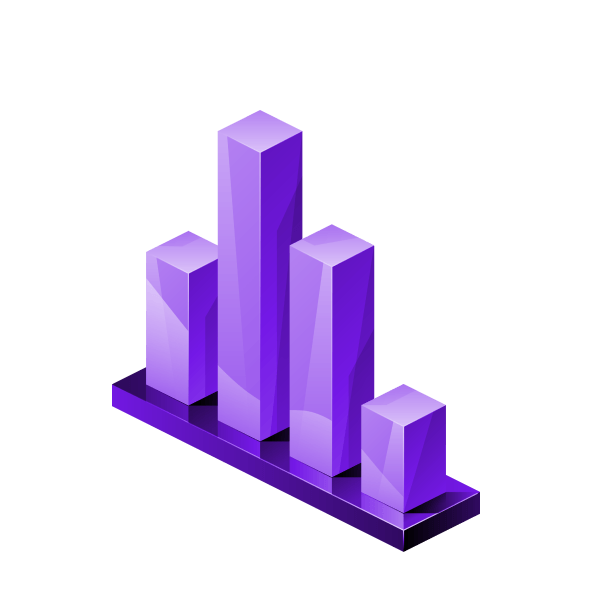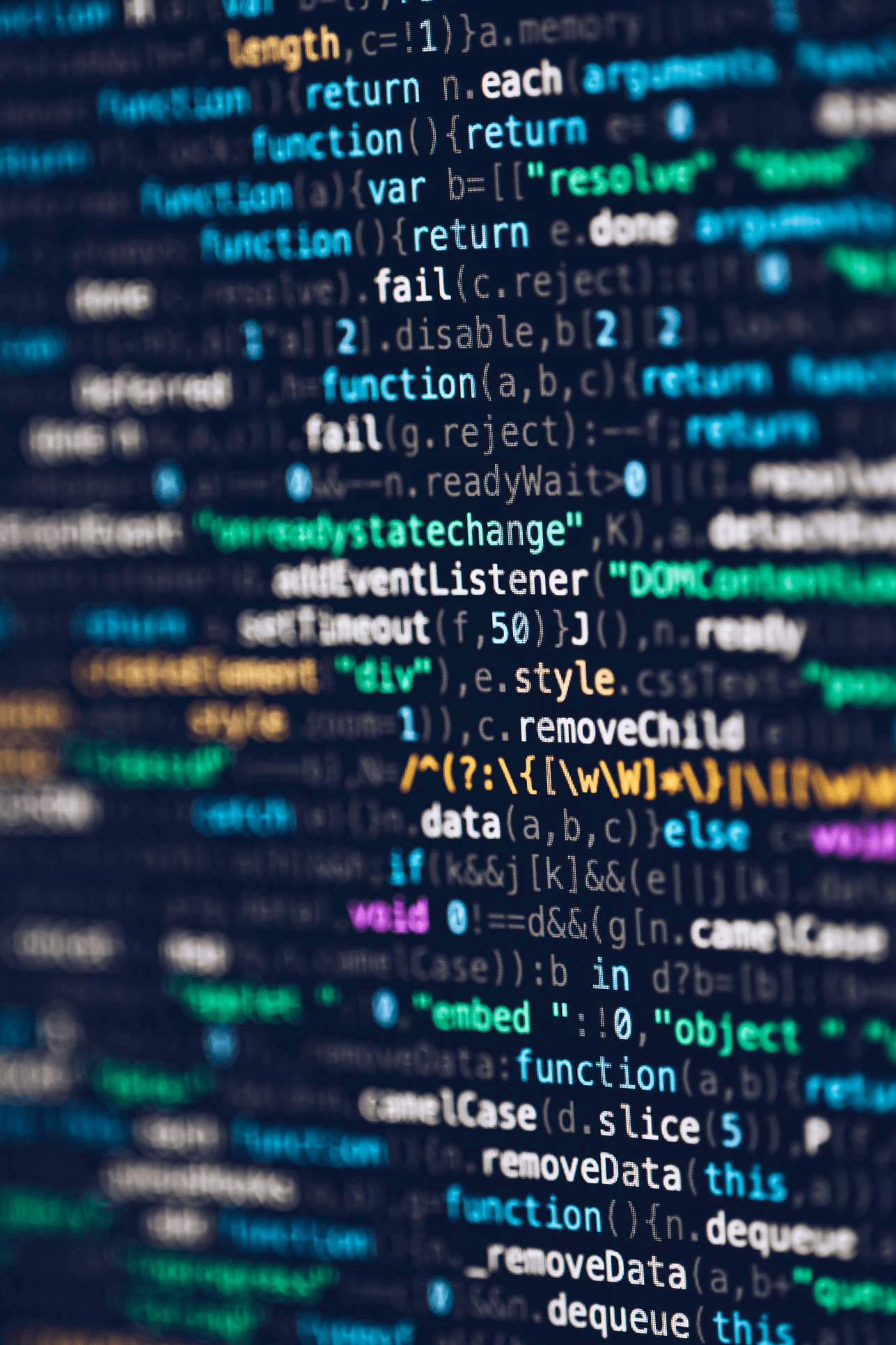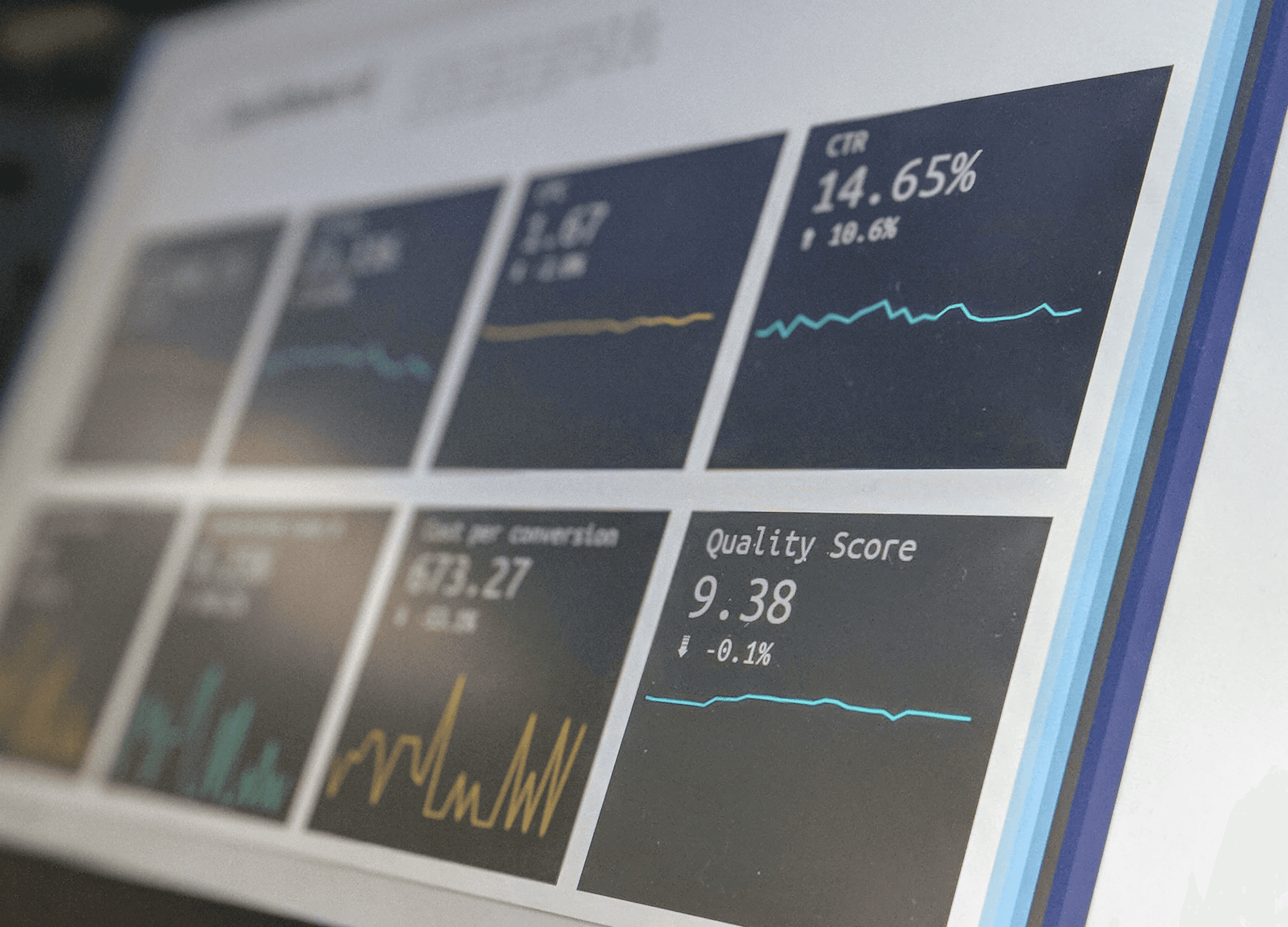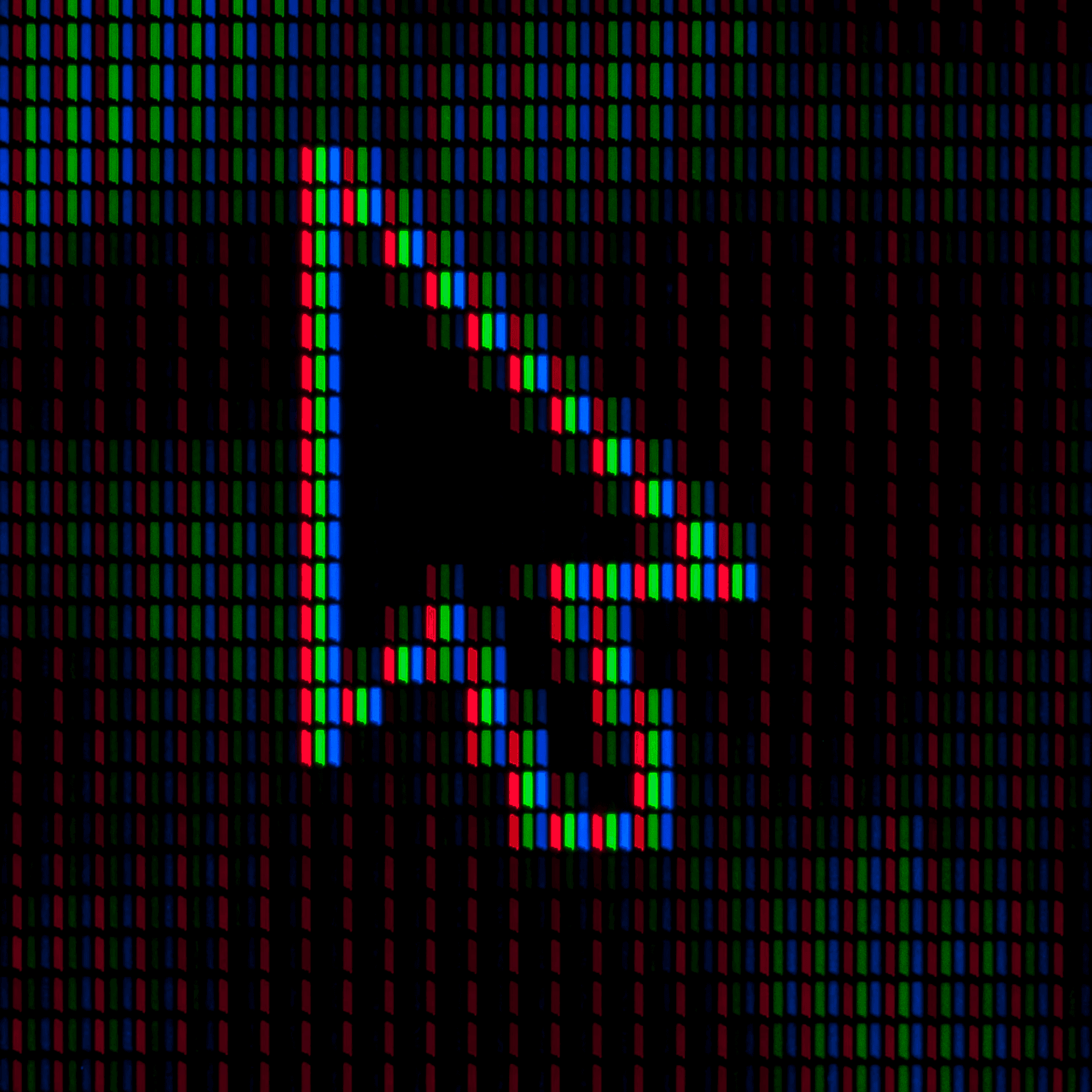Telemetry
Telemetry is a powerful tool that can greatly benefit software development teams by providing valuable insights into the performance and behavior of their software. By monitoring various data sources such as traces, logs, and metrics, telemetry enables developers to identify and troubleshoot performance bottlenecks and errors within their microservices quickly. This helps to reduce downtime and improve the overall performance of the software.
Telemetry also enables developers to correlate root causes across different data sources, providing a comprehensive view of the system and helping to identify the root cause of any issues that arise. This helps take corrective action quickly and improve the software's overall stability and reliability.





